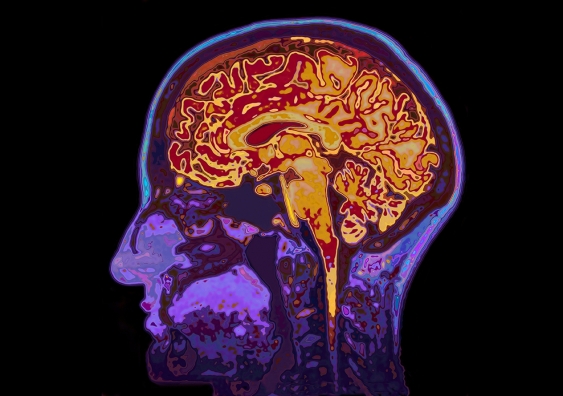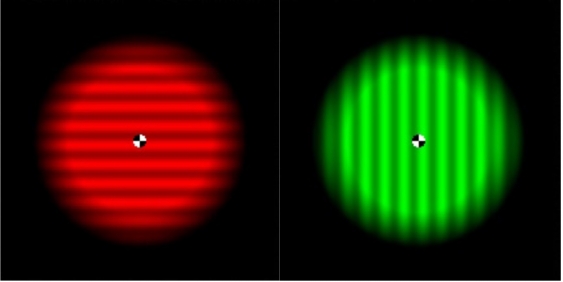Our brains reveal our choices before we’re even aware of them: study
We like to think that we are in the driver’s seat when it comes to the choice and strength of our everyday thoughts, but new research from UNSW suggests they might be more automatic and unconscious than we think.



